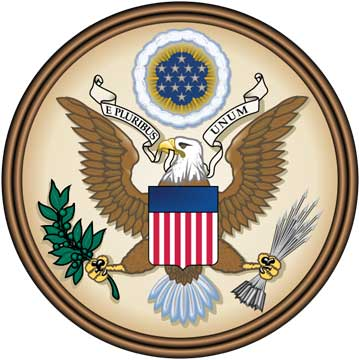A Community for Curious Minds who love History, its Odd Stories, and Good Reads
A Community for Curious Minds who love History, its Odd Stories, and Good Reads
By Holly Tucker
 How to write a wide-ranging history of the ancient world which does more than just rehash the old narratives? We decided at the outset that the book must have a good chronological and narrative frame, after all it was going to run from the time of palaces at Mycenae, Knossos and Troy in the middle of the second millennium BC down to that of St Augustine, some 2000 years later.
How to write a wide-ranging history of the ancient world which does more than just rehash the old narratives? We decided at the outset that the book must have a good chronological and narrative frame, after all it was going to run from the time of palaces at Mycenae, Knossos and Troy in the middle of the second millennium BC down to that of St Augustine, some 2000 years later.